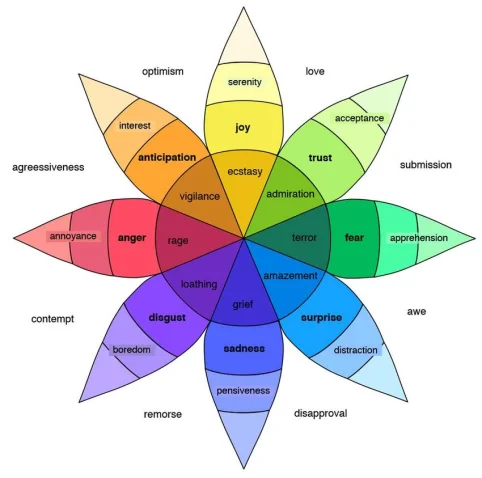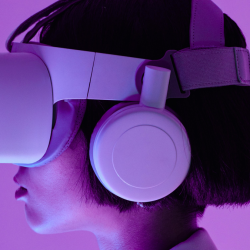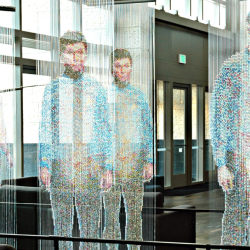When you think about standout B2C brands, which come to mind?
The ones that generate debate, develop not just loyal customers but fans, advocates and passionate defenders? B2B rarely, if ever, nails such vivid colours to its mast.
B2B marketing techniques were first implemented nearly 100 years before the 1990s boom of B2C. But despite this, B2B marketing has long been considered dull, uninspiring and predictable when compared to its consumer counterpart. Feedback from the industry from recent research by alan. revealed that B2B is still living up to its tedious, ‘playing it safe’ reputation. In fact, 82% of people find the industry predictable and repetitive, compared with 71% in 2017.
The message is clear: be bold, be braver, and be a little more B2C. So here are three key ways B2B can be a little more B2C and become agents of change in 2023.
Tap into emotional marketing
Despite the B2B marketing industry growing to around $12.65 billion in 2022, it’s still failing to implement one of the most basic tactics to drive action — emotion. According to alan.’s research, 98% of people don’t think business brands connect with people on an emotional level.
Storytelling is a powerful tool for marketing, but very few B2B marketers are tapping into the vocabulary of emotional marketing needed to tell the very best stories. They sell their product based on logical and technical processes, using complex industry jargon, expecting their customers — existing or new — to understand what they are offering. It’s time for B2B marketers to recognise that marketing strategies are about creating a connection with, and an experience for, customers on a more personal level.

Dr. Robert Plutchik’s ‘wheel of emotion‘ can be applied to B2B marketing strategies to help better understand how customer emotions lead to purchasing decisions. Plutchik’s wheel starts with eight emotions in four pairs of opposites. The centre of the wheel is where the emotions are at their most extreme (terror or rage) and at the outside of the wheel, the emotions are shown as mildest (apprehension or annoyance). Blending the wheel gives even more emotions — joy and trust make love, while trust and fear equal submission. If marketers can identify which emotions need to be elicited to drive action, they are able to build bolder, more exciting campaigns that we so envy of our B2C cousins.
Innovate offers with research and data
Consumer brands have long collected data to innovate their products and improve the customer experience. When we think of brands that harness the most data, we think of big B2C brands. From retailers, like Amazon, to streaming services such as Netflix and Disney, which collect and store detailed user demographic profiles and then use them to maintain loyalty and acquire new customers.
But in a survey of B2B companies, only a quarter of B2B businesses use data weekly to understand customer needs. This is a huge untapped opportunity for businesses to personalise their offerings and build products that are bigger and better than competitors’.
B2B marketing shouldn’t just rest on its laurels of white papers and existing market research. It needs to introduce new research methods and data collection techniques — injecting a touch of humanity, by researching specific consumer trends and behaviours across different sectors — and then overlaying results with creative thinking to produce truly unique and insightful pieces.
A (greater) shift to social and digital
Digital change and disruption caused by new AI tools will likely be the biggest influences on marketing throughout this year. New techniques and platforms are pushing more B2B marketers towards digital marketing tactics, such as SEO, influencer, video and social media marketing.
Marketers have the power to be more creative and provocative across digital platforms, while delivering work that reaches wider audiences quicker, more effectively and more cost-efficiently. It also allows marketers to better measure the performance of any campaign, meaning businesses can better evaluate results, adjust tactics and strategies where necessary and justify marketing investments — which we know is still crucial for businesses in the coming year.
We’ve seen glimmers of a new beginning for B2B, but only when business brands start introducing B2C tactics will they be able to enter a braver, bolder new world.
Featured image: Godisable Jacob / Pexels































